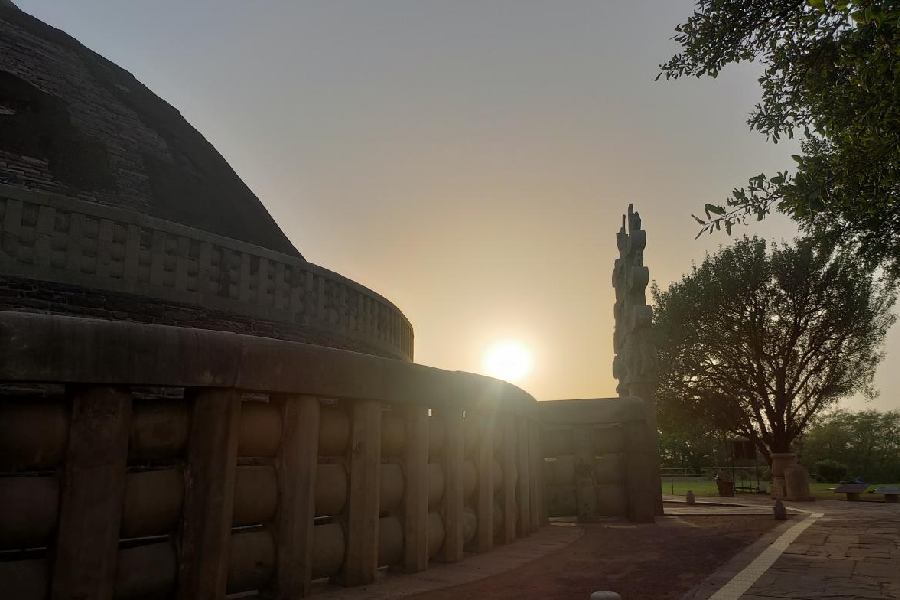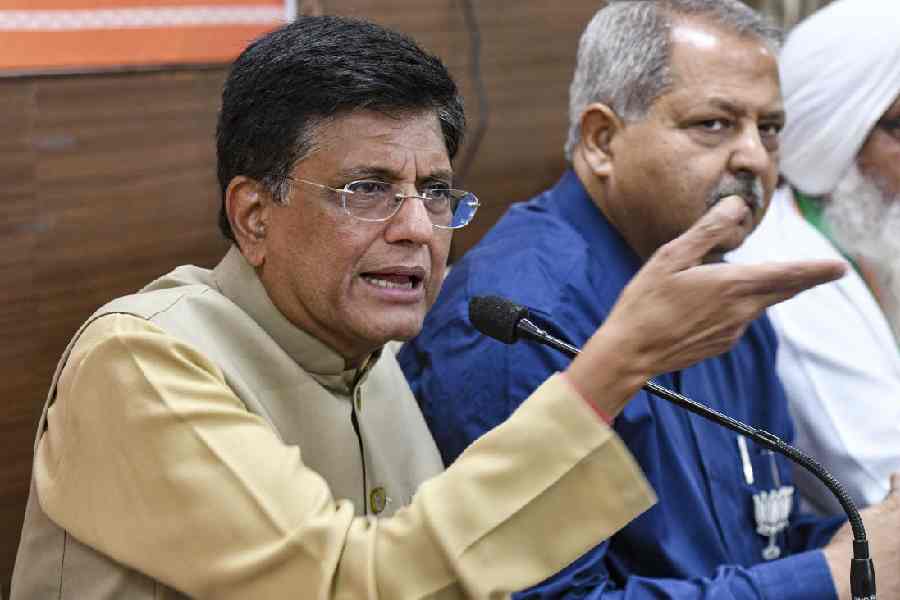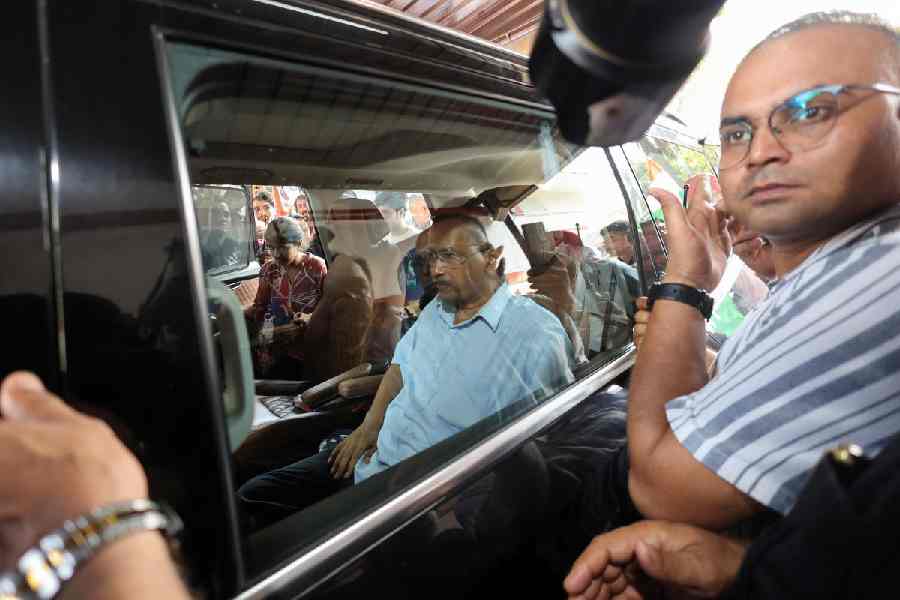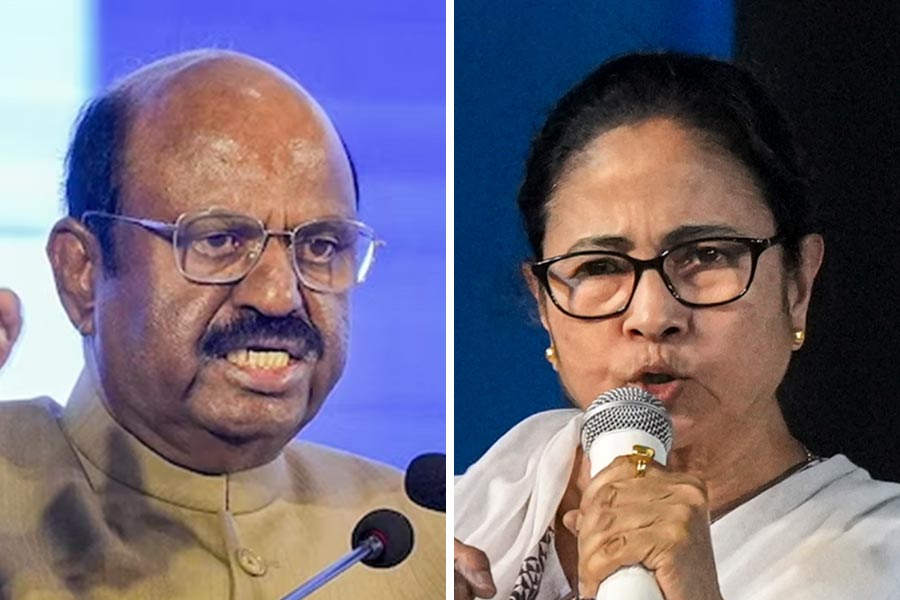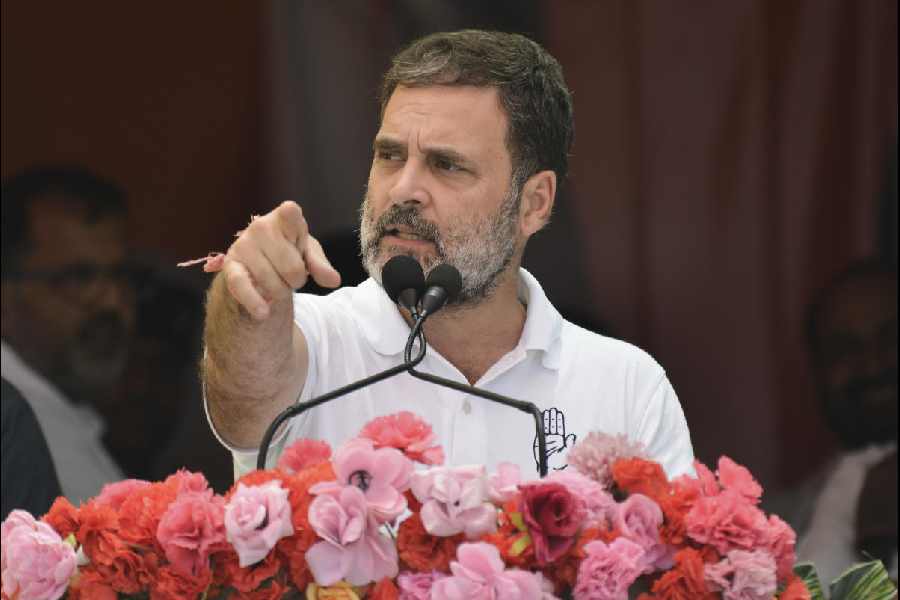Residents of pilgrim town Sanchi, famous for its Stupa, are waiting for their “sunshine moment” eight months after the place was declared India’s first solar city.
During an official ceremony in September 2023, former chief minister Shivraj Singh Chouhan had marked this significant achievement by drawing a parallel to the enlightening legacy of Lord Buddha.
He had said: “By becoming the country’s first solar city, this historic place has shown the way to the world, the same way as Lord Buddha once did.”
The solar panels were installed on most public buildings and streetlights in Sanchi. The small town of a little over 8,400 residents gets its power from the two solar plants that will eventually produce 8MW power. The estimated reduction in carbon emissions will be equivalent to what 2.34 lakh adult trees can consume, officials had said in 2023. To put things into perspective, 1MW can roughly power 200 homes.

The Sanchi branch of Raisen's District Cooperative Central Bank with solar panels on its roof and a diesel generator in- the outer courtyard behind a tree on the left.
The two solar plants in Sanchi are the primary power source of the town with private diesel generators and solar panels being the secondary source. Residents are encouraged to produce their own power by installing solar panels in their houses. This is in addition to the connection from the power plants as solar power is not perennial (no production at night, low production during cloudy days).
Power generated from personal panels is used at homes during the day and the surplus flows into the company’s grid, which is metered. Individual houses receive power from the grid when the solar panel is not producing enough, for example at night. They get a rebate on their bills depending on how much power they contribute to the grid.
Since the inauguration by Chouhan, the BJP candidate from Vidisha constituency under which Sanchi falls, residents complained that power cuts are more frequent now and their electricity bill amount remains almost the same.
To make Sanchi a solar city was part of Chouhan’s solar push. Madhya Pradesh now has an annual cumulative solar capacity of more than 3,000MW. Under Prime Minister Narendra Modi, India and France jointly launched the International Solar Alliance in 2015 to boost solar energy in developing countries.
Things, however, did not unfold the way it was portrayed by the BJP government.
The local branch of the District Cooperative Central Bank in Raisen has solar panels on its roof and a diesel generator in its verandah. The panels supply power to a cooperative society behind it and the generator powers the bank during the multiple unscheduled power cuts for at least three hours a day, a bank employee told The Telegraph.
“When the solar city was inaugurated, we never witnessed such frequent outages. But the new power lines keep overheating and tripping,” another employee said, pointing at the cables where the bank draws power off the grid.
Santosh Jaiswal, whose home and restaurant abuts the railway station, has seen his bills drop from ₹5,000 a month to ₹60 after he installed the government-subsidised solar panels on his house roof that cost him ₹1.95 lakh.
“The subsidy is higher now than when I had installed it last year. But it is still too expensive for most people. The government also distributed solar fans and lights for free but the Nagar Parishad imposed a condition that only those who have no outstanding property tax would get them,” he said.
Milk booth operator Sonu Kumar describes himself as a “kattar (hardcore) BJP wala” and spends the scorching afternoon in his tin shed with a dysfunctional air cooler. “Shivrajji will win as Sanchi is our bastion but someone must question the government on this solar drama. Bill amounts have not reduced plus we sweat it out
during the power cuts,” he said.
The biggest face loss for the BJP, however, is the huge solar-lit street hoarding, which mostly stays in the seclusion of darkness. “The lights worked for a few weeks. After they stopped working, they were replaced by the government but it again stopped functioning a few weeks ago,” a waiter said.
A schoolteacher summed up the solar agony and the contradictions it brings along. “All high schools have solar panels but not the primary institutions like the one where I teach. What makes things worse is there is scheduled power supply cut between 9am and 6pm to prevent voltage fluctuations during the wheat harvest season in March and April. Imagine the plight of the children in this heat,” said the teacher.
Vidisha votes on May 7

